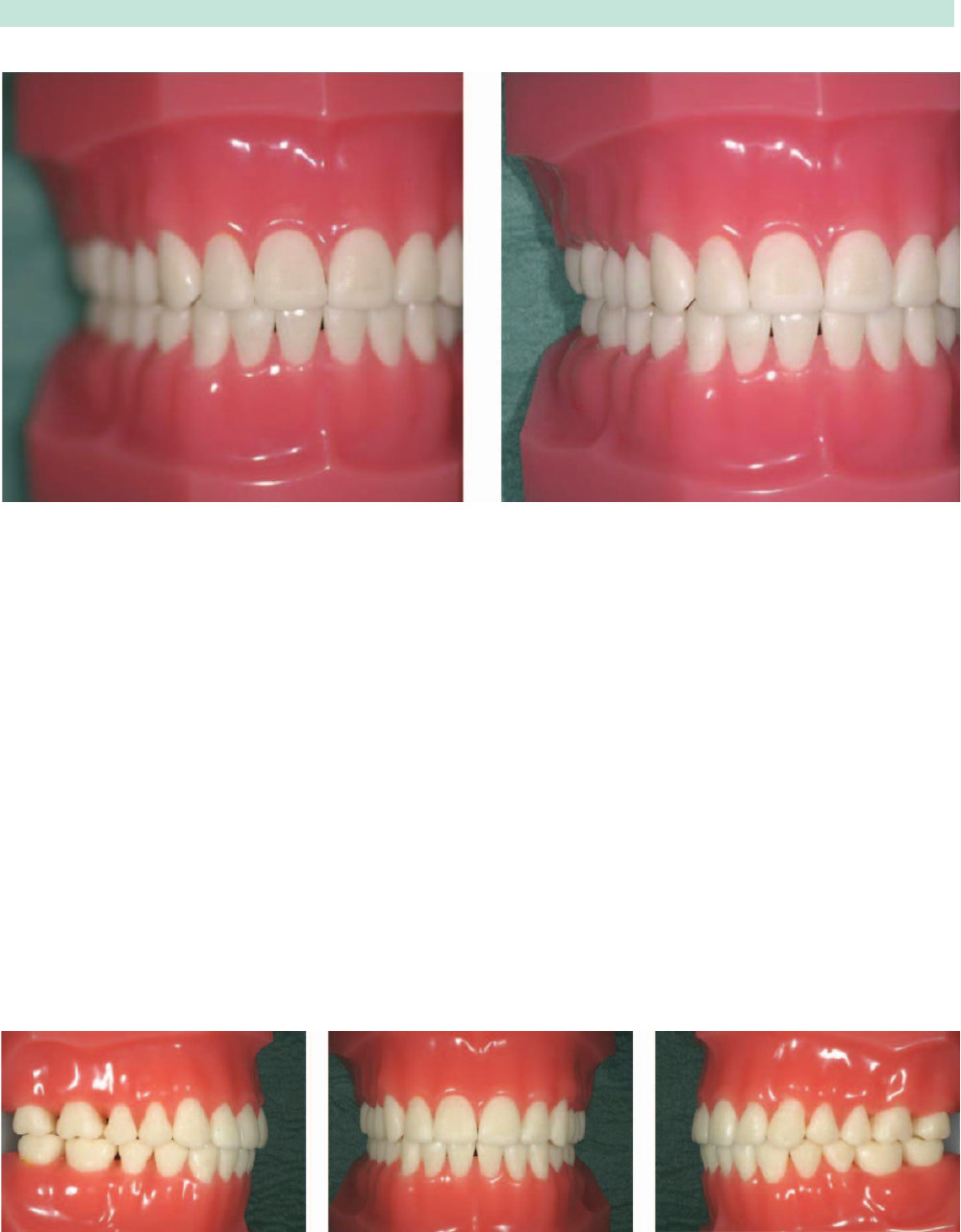
the original computer generated color using
‘SpyderPRO’ by ColorVision
TM
(U.S.). The images
were also ‘anonymised’ and assessed by two operators
(F.M. and D.B.) for color reproduction. Neither of the
assessors were color blind.
Quality of the viewfinder
Quality of the viewfinder was tested without a
lens attached. The dioptre correction dial was set to
0. This corrector allows long- or short-sighted
photographers to avoid the use of correction aids, such
as glasses, by correcting the dioptre directly at the
viewfinder. For operators not needing any visual
correction a setting other than 0 may lead to a smaller
or larger appearance of the image shown in the
viewfinder.
Two bodies were held simultaneously against the right
and left eye of the examiner; the backdrop consisted of
five fluorescent light tubes. The cameras were then
swapped around to avoid eye dominance distorting the
findings. Two operators (R.A. and D.B.) ranked the
viewfinders for size and brightness independently, and
the consistency was 100%.
Quality of the macro-flash
A manual stopwatch was used to measure the time
needed to recharge the macro-flash between two
exposures (precision 1/10th of a second). This was after
the flash was initially charged and ‘tested’ with an empty
exposure. Two measurements were taken and the mean
calculated. It was also recorded whether the flash was
powerful enough for extra-oral exposures. Each unit
Journal of Orthodontics JOR3338.3d 11/7/06 19:17:06
The Charlesworth Group , Wakefield +44(0)1924 369598 - Rev7.51n/W (Jan202003)
a
b
c
Figure 3 (a–c) Simulated intra-oral images
(a) (b)
Figure 2 (a,b) Depth of field at aperture 4 and 32; please note variation of focus on teeth
COLOUR
FIGURE
COLOUR
FIGURE
4 D. Bister et al. Features Section JO September 2006
